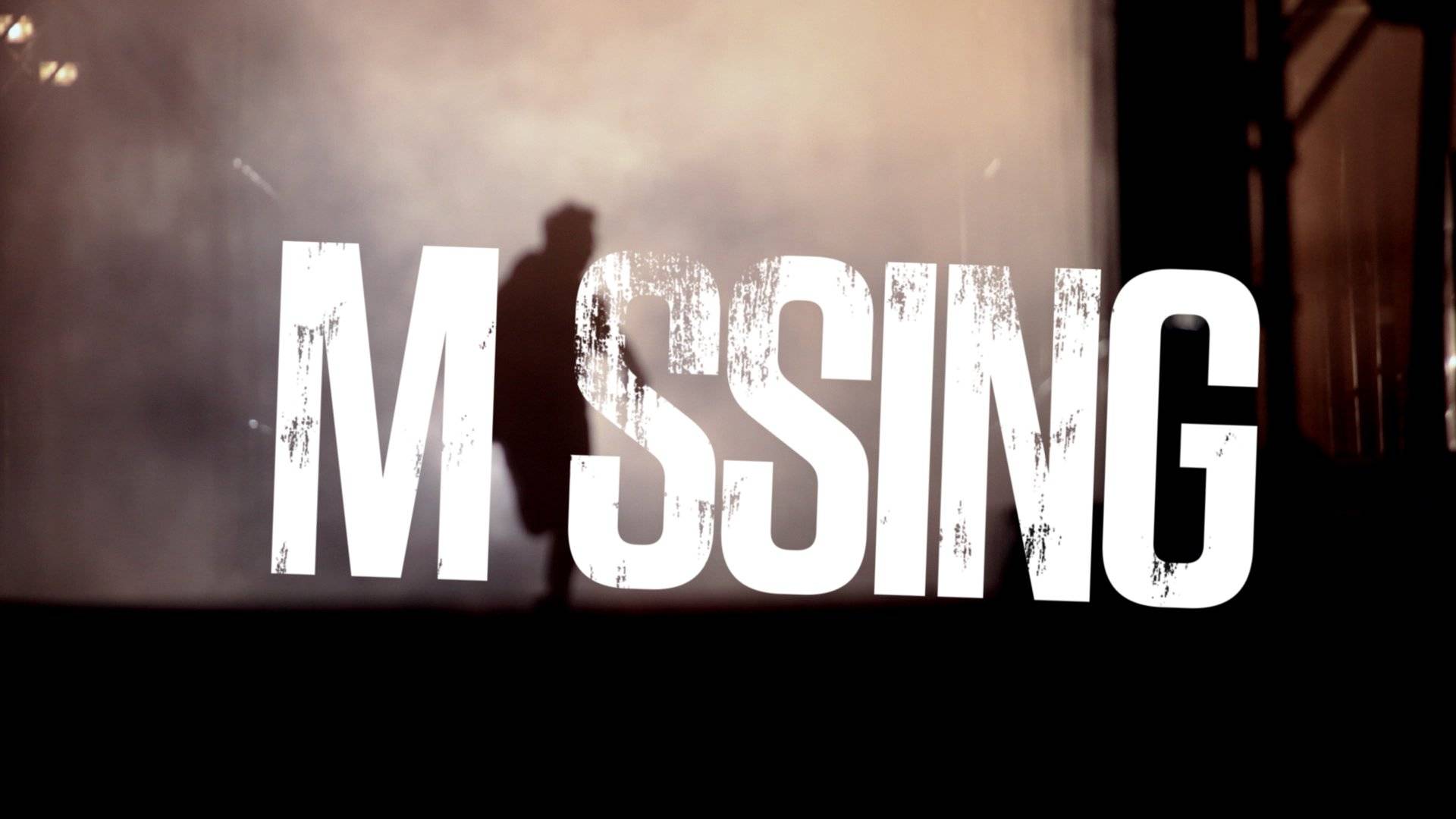Profiling Of Missing Persons Report Investigation
Investigation Methodology Of Missing Persons Report:
Victimology And Foul Play:
While examination of the missing persons report motive(s) underlying pre-disappearance behavior (functional analysis) and behavioral consistency theory. The theoretical perspectives guide the development of a profile, psychological autopsy, and victimology. And to investigate missing persons the theory is a tool that further specifies relevant detail and appropriate perspective.
In the present study, psychological autopsy and victimology are as much a methodology as a theory. Due mainly to the emphasis on the practical requirements of data collection.
About Victimology:
Victimology is a branch of criminology, that attempts to understand crime and the criminal in society through increasing knowledge about the victim, rather than the perpetrator of a crime.
A victimology is first and foremost an investigative tool, providing context, connections, and investigative direction for missing persons. Unless we know who a victim is, or was, and how they lived, we cannot say that we truly know the context of their disappearance, or the events leading up to it.

Challenges in Investigation
To completely understand the different nuances of the missing’s circumstance, experts at CRI provide 4 different classifications: runaways, parental abductions, human/sex trafficking, and kidnapping. To determine a classification is the first step in creating a profile and an assignment to a case file which will expedite the initial process. This is not an investigative tool but it is implemented to aid the apprehension of the perpetrator, secure the safety of the missing and determine the underlying reason(s) the person may have for being missing.
This is central to CRI’s task when a report of missing persons is received. A number of different factors need to be considered when assessing the risk for foul play.
This distinguishes between those who are at risk for victimization by someone known, such as a family member, or someone unknown. Making this distinction is dependent on the person’s lifestyle factors, such as being involved in drugs or prostitution. As well as social circumstances, such as being in an abusive relationship.
Weighing up these kinds of factors helps the investigator to determine the type of risk and better equip our field recovery agents. Risk can also be categorized and identified as lifestyle risk or incident risk.
Lifestyle risk refers to the personality and personal, professional, and social environments. Inspection of the person’s routine habits and any other notable circumstances provide the investigator with some idea of whether there was an increased likelihood of harm.
Incident risk – is where a perpetrator is involved in the disappearance of the child or adult. To identify the incident is paramount to the successful recovery of any missing person investigation that will yield results and reunification.
Personality is also an important factor in the contributing to one’s risk for victimization, and various types of dispositions, such as aggression, impulsivity, and depression, as additional factors that need to be considered in addition to lifestyle risks.

